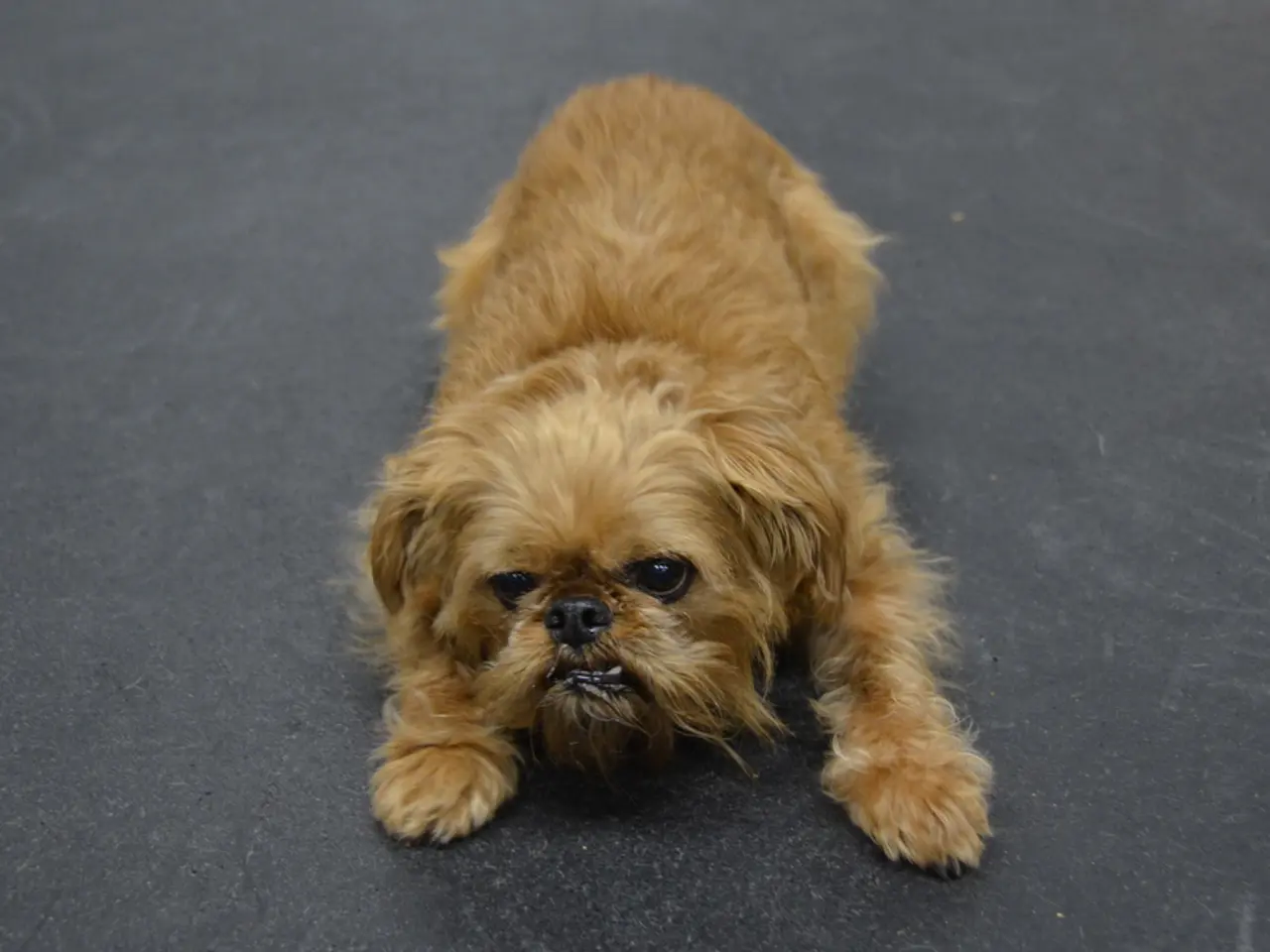Guide for Embarking on a Car Journey with a Canine Companion
Embarking on a road trip with your furry companion can be an exciting adventure, but it requires careful planning and consideration to ensure a safe and enjoyable experience for both you and your dog. Here are the essential steps to follow for a stress-free journey:
Dog Car Safety
Safety is paramount when traveling with your dog. Always restrain your dog using a crash-tested harness, pet seatbelt, or a properly sized travel crate to prevent injury and driver distraction. Keep your dog in the back seat, as airbags can harm pets in the front seat during an accident. Ensure your dog's head and paws stay inside the vehicle to avoid injury from road debris or sudden stops. Use waterproof seat covers to protect your vehicle and provide comfort for your dog.
Preparation
Proper preparation is key to a successful road trip with your dog. Pack all essentials, including a collar, leash, dog bed, favorite toys, food and water bowls, enough regular food for the entire trip (with extras), and plenty of fresh water. Bring vaccination records and vet certificates, especially if crossing state lines, since some places require proof for entry or emergencies.
Stop regularly for bathroom breaks, exercise, and hydration to keep your dog comfortable and reduce restlessness. Avoid feeding your dog in a moving car to reduce motion sickness; feed them a light meal 3–4 hours before travel.
Stress Reduction
Acclimate your dog to car rides by taking several short trips before the long journey. Bring toys, including puzzle feeders and chew toys, to keep your dog mentally stimulated and distracted from anxiety. Use calming aids if necessary, such as anxiety vests, natural sprays, or vet-recommended supplements, especially if your dog tends to bark excessively due to stress.
Keep the car at a comfortable temperature with proper ventilation or air conditioning, and avoid direct drafts on your dog to prevent discomfort or infections. Use cooling vests or other cooling methods on hot days to keep your dog comfortable. Plan rest stops in shaded areas where your dog can relax safely off hot pavement to protect their paws and reduce overheating.
Planning Ahead
Researching dog-friendly accommodation along the route is essential for a comfortable road trip. Anticipating a dog's needs and proactively addressing potential issues can help prevent common problems such as anxiety, motion sickness, and boredom. Waste bags, a treat pouch, and a towel are important items to pack for a road trip with a dog.
Ensure the dog is properly identifiable with an ID tag and license tag, if required. Update your dog's identification and ensure it is clearly visible on the dog when traveling out of the hometown.
Emergency Preparedness
Plan for emergencies by having a list of emergency contacts, including vets along the route, and a pet first aid kit. Secure containment for the dog during car travel is necessary for dog car safety. The dog's comfort, safety, and well-being should be prioritized during the journey.
Avoiding Hot Cars
Avoid hot cars by keeping the car properly ventilated, using window shades, and never leaving the dog alone in the car, especially during hot weather.
By following these steps—ensuring your dog's safety, preparing well with all necessary supplies and documentation, and reducing stress with comfort and attention—you can ensure a road trip that is both safe and enjoyable for you and your dog.
- When traveling with your dog, always use a crash-tested harness, pet seatbelt, or a properly sized travel crate to keep them safe and minimize driver distraction.
- Preparation is crucial; remember to pack essentials like a collar, leash, food and water bowls, and vaccination records.
- Regular stops for bathroom breaks, exercise, and hydration help keep your dog comfortable and manage their restlessness.
- To reduce anxiety, consider using puzzle feeders, chew toys, anxiety vests, natural sprays, or vet-recommended supplements.
- Acclimate your dog to car rides by taking several short trips before the long journey.
- Protect your dog's health during travel by planning pet-friendly accommodation, researching dog-friendly spots, and prioritizing their comfort, safety, and well-being.




